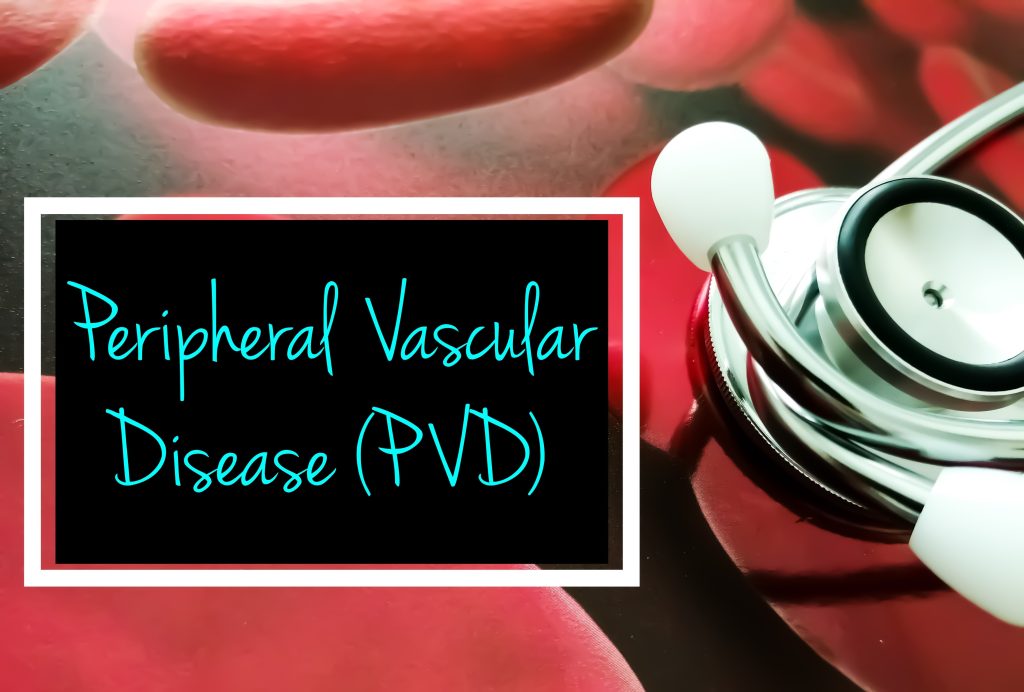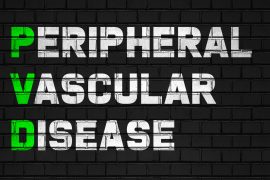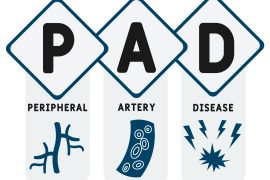Blood circulation is like the fuel system of your body. It delivers oxygen and nutrients to every part, keeping you healthy and full of energy. But what happens when this system doesn’t work properly? Poor circulation can result in serious health issues, including peripheral vascular disease (PVD). If it’s not treated, it can cause pain, swelling, and even life-threatening complications.
Fortunately, there are ways to enhance blood circulation and lower your risk of peripheral vascular disease. By making small but effective modifications in your daily habits, you can keep your blood vessels healthy and ensure smooth blood flow. Let’s explore how.
What Is Peripheral Vascular Disease (PVD) and How It Affects Blood Flow?
Peripheral vascular disease happens when the blood vessels other than the heart and brain become narrow or blocked. This mainly affects the arteries that carry blood to your legs and arms. The most common reason is a buildup of fatty deposits (plaque) inside the arteries, a condition known as atherosclerosis.
When your arteries become narrow, blood struggles to flow properly. This can lead to pain, cramps, numbness, and delayed wound healing, particularly in the legs. In severe cases, it may even result in tissue damage or infections that require medical attention.
The Link between Poor Circulation and PVD-Related Complications
Poor circulation doesn’t just make your hands and feet feel cold—it can have serious health effects. Without proper blood flow, your tissues don’t get enough oxygen, leading to complications such as:
- Leg pain while walking (claudication)
- Non-healing wounds or ulcers
- Increased risk of infections
- Nerve damage due to prolonged lack of oxygen
- Severe cases may even lead to gangrene, which could require amputation
This is why it’s important to take steps to improve blood circulation and prevent peripheral vascular disease from worsening.
Lifestyle Modifications to Improve Blood Circulation and Reduce PVD Risk
Making a few changes in your daily routine can help your blood vessels stay healthy and improve circulation. Here’s what you can do:
- Stay Active: Exercise is a great way to boost circulation. Walking, cycling, yoga, and swimming can help keep your arteries clear and blood flowing smoothly.
- Quit Smoking: Smoking damages your blood vessels, making them stiff and narrow. Quitting smoking can considerably decrease your risk of peripheral vascular disease.
- Maintain a Healthy Weight: Excess weight puts pressure on your blood vessels, leading to circulation problems. A balanced diet and regular exercise can assist in keeping your weight in check.
- Manage Stress: High-stress levels can impact our blood vessels and increase your risk of circulation issues. Try meditation, deep breathing, or relaxation techniques.
Dietary Habits for Healthy Circulation and Vascular Health
What you eat plays an important role in keeping your blood vessels strong and healthy. Here are some dietary tips to improve blood circulation:
- Eat More Fruits and Vegetables: Rich in vitamins and antioxidants, they help protect your arteries from damage.
- Choose Healthy Fats: Replace unhealthy fats with good fats found in nuts, seeds, olive oil, and fatty fish.
- Reduce Salt Intake: High salt consumption can increase blood pressure and harm your arteries.
- Stay Hydrated: Drinking enough water helps keep your blood thin and flowing smoothly.
- Increase Fiber Intake: Whole grains, beans, and lentils help maintain healthy cholesterol levels and avert plaque buildup.
Medical Treatments and Therapies for PVD and Poor Circulation
If lifestyle changes aren’t enough, medical treatments may be necessary to manage peripheral vascular disease. Some common options include:
- Medications: Doctors may prescribe medicines to improve blood flow, reduce clotting, or control cholesterol and blood pressure.
- Physical Therapy: Supervised exercise programs can help improve circulation and reduce symptoms of PVD.
- Angioplasty: In severe cases, a balloon/stent is inserted into the artery to open up blocked blood vessels.
- Surgical Procedures: Certain surgical surgeries may be recommended if the blockage is severe and affects blood flow significantly.
Recognizing the Signs of Worsening PVD and Circulation Problems
It’s important to monitor your body for signs that your circulation is getting worse. Some warning signs include:
- Increasing leg pain, especially while walking or at rest
- Slow-healing wounds or ulcers on your feet
- Cold or numb feet and toes
- Skin colour changes (pale, bluish, or reddish skin)
- Weak or no pulse in the legs
If you observe any of these symptoms, seek medical advice immediately.
Preventing Peripheral Vascular Disease and Improving Blood Circulation Long-Term
Prevention is always better than cure. To keep your blood vessels healthy in the long run:
- Follow a healthy lifestyle with regular exercise and a balanced diet.
- Avoid smoking and limit alcohol consumption.
- Manage conditions like diabetes, high blood pressure, and high cholesterol.
- Get regular health check-ups to detect any issues early.
By taking these steps, you can decrease your risk of peripheral vascular disease and enjoy better overall health.
Conclusion
Good blood circulation is vital for a healthy life. Peripheral vascular disease can cause serious complications, but with the proper lifestyle choices and medical care, you can keep your blood flowing smoothly. Simple habits like exercising, eating healthy, staying hydrated, and quitting smoking can make a big difference. If you experience any symptoms of poor circulation, don’t ignore them—act early to protect your health and well-being.
References:





Comments are closed.